The fields in Lung Lon hamlet, Kien Binh commune, were once low-lying, acidic soil, a place everyone dreaded cultivating, so the number of long-time residents in the area can be counted on the fingers of one hand. However, in this notoriously difficult region for doing business, there is a truly unique establishment. It's not just a house with high walls and a gate; it also includes a mechanical workshop, an agricultural supplies warehouse, a rice storage facility, and living quarters for the workers. This is the farm of Tuan "Hai Lua" (Tuan the farmer).
Making a fortune on poor land.
Mr. Tuan's house is located at the beginning of the K15 canal, bordering the T5 canal (Vo Van Kiet canal). Besides his nickname Tuan "country bumpkin," many people also call him Tuan "billionaire." This is because, along with his spacious house, he is also a large landowner, possessing a 500-hectare rice field. Every time he goes to visit his field, he has to drive around to circle it.
Mr. Tuan is constantly modernizing his 500-hectare farm. PHOTO: THANH DUY
Mr. Tuan's large-scale rice field is divided into many small plots like a chessboard. Some areas are being prepared for sowing, some are lush green with young seedlings, and others have rice plants already bearing ripe, fruit-shaped ears. One afternoon, nearly 20 laborers were spraying pesticides, fertilizing, weeding, and operating plows and tillers. Despite his comfortable life, Mr. Tuan, a rice farmer, remains simple and down-to-earth, true to the spirit of a Western Vietnam farmer. He respectfully calls rice grains "precious gems," because to make them bear abundant fruit on the low-lying, acidic soil, he had to sacrifice countless hours of sweat and tears.
Mr. Tuan's family originates from An Giang province. When the Long Xuyen Quadrangle New Economic Zone opened, his entire family moved to Lung Lon hamlet to start a new life. After working on the forestry farm for some time, in 1999, Mr. Nguyen Thanh Son (Mr. Tuan's father) was allocated 700 hectares of land by the State. As they reclaimed the land, Mr. Tuan and his son planted trees according to the province's raw material sourcing plan.
Mr. Tuan next to a drone. PHOTO: THANH DUY
At that time, Mr. Tuan was over 20 years old, so he remembers clearly: "Back then, the T5 canal had only been dug a few years earlier, so the soil hadn't been thoroughly treated to remove acidity and alum. When the tide receded, the banks of the canal were covered in a yellowish-brown layer of alum, like turmeric. The land was barren and infertile, and also a chaotic mix of mounds, swamps, and sand. Farming was extremely difficult; melaleuca trees withered, sugarcane had low sugar content, pineapples didn't bear fruit, and cassava was just fibrous."
Whatever they planted yielded low productivity, requiring them to use their capital to cover losses, so after a few years, Mr. Tuan's family returned 200 hectares to the State. With the remaining land, he and his son took a "risk" and switched to rice cultivation. Remembering the old saying, "Water is paramount, fertilizer is secondary," Mr. Tuan prioritized hiring laborers to dig a system of irrigation canals, like blood vessels, to flush out acidity and bring in silt. Each plot of land was carefully surveyed to determine the appropriate amount of fertilizer and lime to balance nutrients.
Cultivating on a 500-hectare field, Mr. Tuan provides employment for many local laborers. PHOTO: THANH DUY
After reclaiming the land, Mr. Tuan didn't plant rice immediately but instead "soaked the soil" for a long time. The main purpose was to soften the acidity and reduce the salinity to a safe level for planting rice. "Back then, agriculture was still backward, and there were no testing devices. My father and I used to hold the rice paddy water in our mouths to feel the salinity. This method was accurate, so few rice plants survived, while many sedges and rushes grew. We spent so much time pulling out the weeds that our hands and feet were covered in sores," Mr. Tuan recalled.
"Country bumpkins" cultivate crops using a "domino" method.
Despite having plenty of land, people had to ration their daily bread, and many of his contemporaries left to find work elsewhere. Mr. Tuan, however, persevered, finding ways to stay and cultivate the Lung Lon rice fields. And the land rewarded his efforts; around 2006, the rice plants began to bear fruit steadily, fulfilling the farmers' hopes. Once salinity was controlled, Mr. Tuan planted various rice varieties such as IR50404 and OM576, yielding 4-5 tons per hectare, though the profits were still negligible.
A corner of Mr. Tuan's 500-hectare farm. PHOTO: THANH DUY
To optimize productivity, in 2012, Mr. Tuan switched to growing glutinous rice, but suffered disastrous losses. Afterward, he boldly tried growing organic ST24 and ST25 rice, only to fail again. Mr. Tuan learned from his experience: "I cultivated three crops a year, simultaneously, so I had to hire laborers to harvest everything at once. Even when prices plummeted, I had to reluctantly sell. The reason for the devastating losses was my lack of preparedness; there was no way to store the rice from my 500 hectares."
Concerned about this, Mr. Tuan decided to change from traditional farming methods to modern, large-scale model fields, in line with the government's policy. The first step was mechanization, spending billions of dong to purchase two unmanned aerial vehicles (drones). (Drone), 2 combine harvesters, and 4 plows/cultivators. In addition, he invested heavily in building a rice warehouse with a capacity of approximately 200 tons and a drying oven with a capacity of 80 tons of rice per day. Corresponding to this scale, he hired about 80 local laborers to participate in the production process.
Mr. Tuan is one of the most outstanding farmers in the country. PHOTO: THANH DUY
However, while mechanization is a necessary condition, the key to Mr. Tuan's success lies in his innovative approach to production. He reduced the number of crops from three to two to allow the soil to recover nutrients. He adopted a flexible approach, switching between organic and biological rice farming. Most importantly, his irrigation system was intelligently designed. The pumping stations have only one function – either pumping in or draining – and are completely separate to effectively remove acidity from the soil.
Notably, despite having sufficient labor, Mr. Tuan still divided his 500-hectare rice field into smaller sections of only 20-40 hectares to produce rice using a "domino" model. That is, one section is planted 2-3 days before the next, rotating through the entire field in about a month. Regarding the reason, Mr. Tuan explained: "Rice plants are very sensitive, and this intermittent planting method helps me understand the disease trends. From there, I have enough time to prevent and control the spread of disease so that subsequent fields don't experience a rapid, cascading spread."
Because the fields are so vast, Mr. Tuan has to travel by vehicle every time he visits them. PHOTO: THANH DUY
The domino-style farming model implemented by Tuan "Hai Lua" (Tuan the farmer) for over 10 years has yielded clear results. This year, using the Japanese rice variety (DS1), he harvested an average of 7 tons/ha in the summer-autumn crop and 9 tons/ha in the winter-spring crop. After deducting all expenses, he earned a profit of over 15 billion VND. With his effective rice cultivation method on acidic soil, Mr. Tuan is the only person from Kien Giang province to win the title of Outstanding Vietnamese Farmer nationwide in 2024.
Source: https://thanhnien.vn/tuan-hai-lua-va-hanh-trinh-thanh-tuan-ti-phu-tren-canh-dong-500-ha-185250430094144329.htm


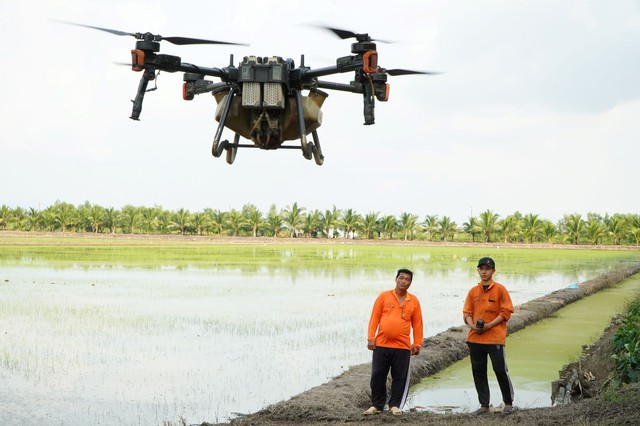
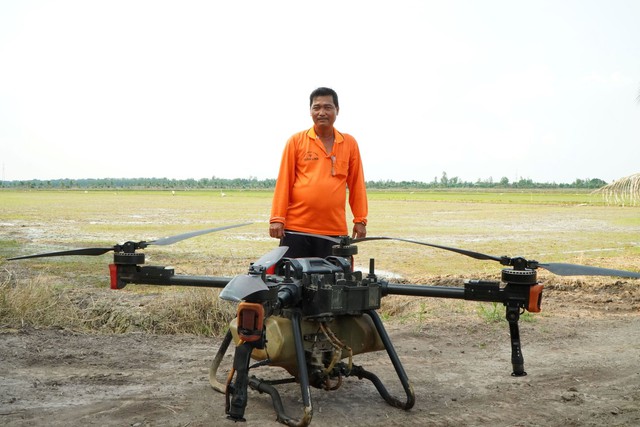
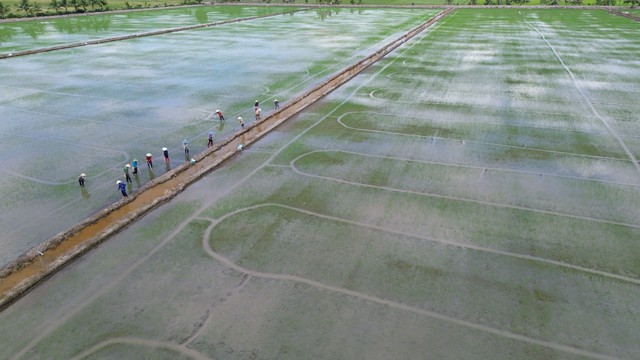


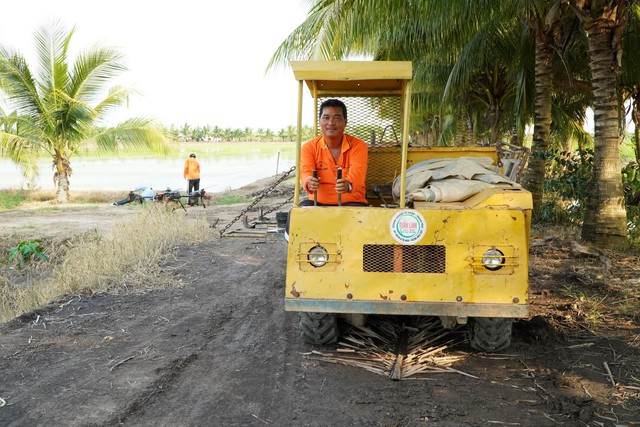

![[Photo] Prime Minister Pham Minh Chinh presides over a meeting on private sector economic development.](/_next/image?url=https%3A%2F%2Fvphoto.vietnam.vn%2Fthumb%2F1200x675%2Fvietnam%2Fresource%2FIMAGE%2F2025%2F12%2F20%2F1766237501876_thiet-ke-chua-co-ten-40-png.webp&w=3840&q=75)












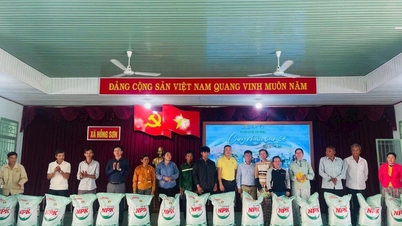

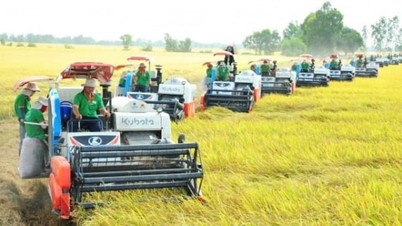



























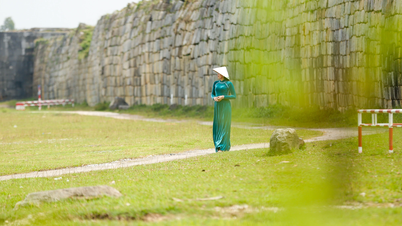













































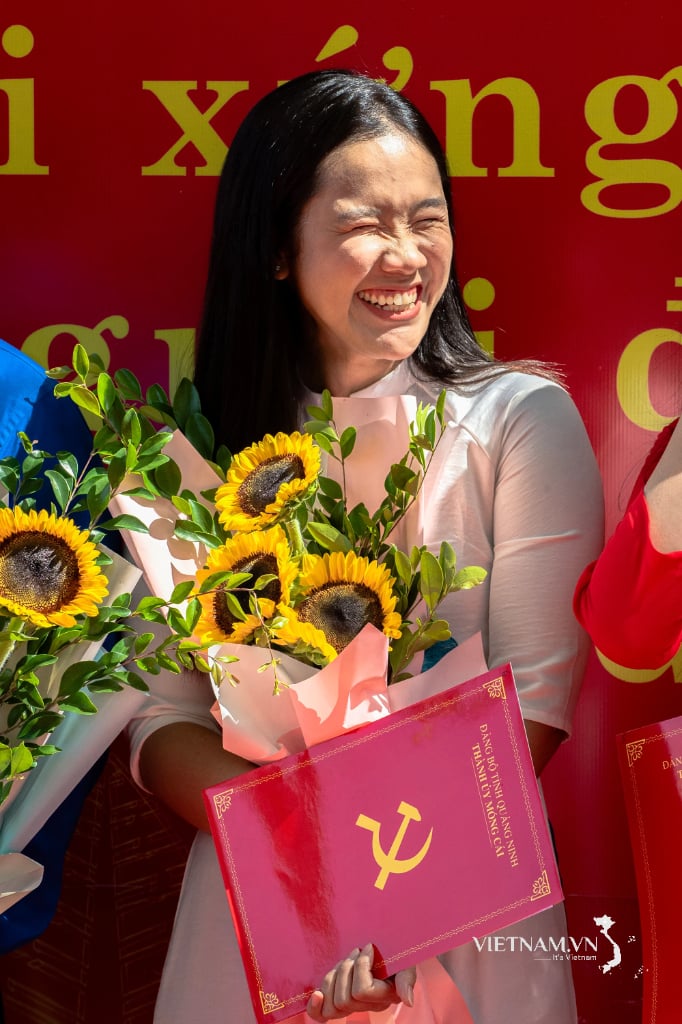
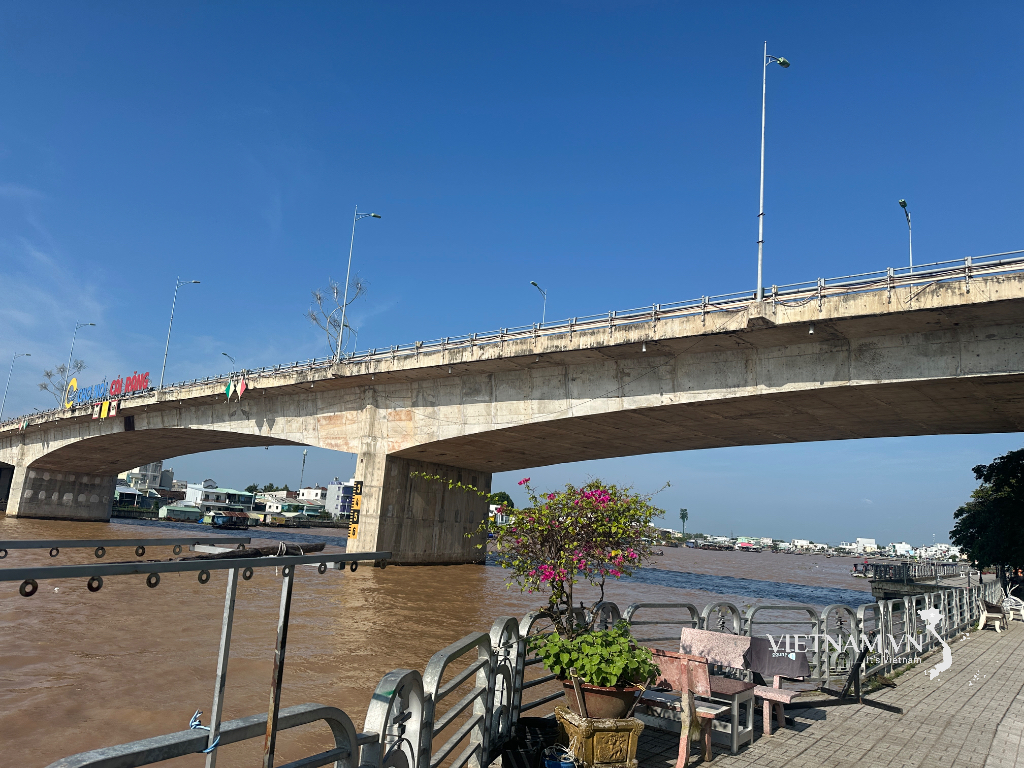

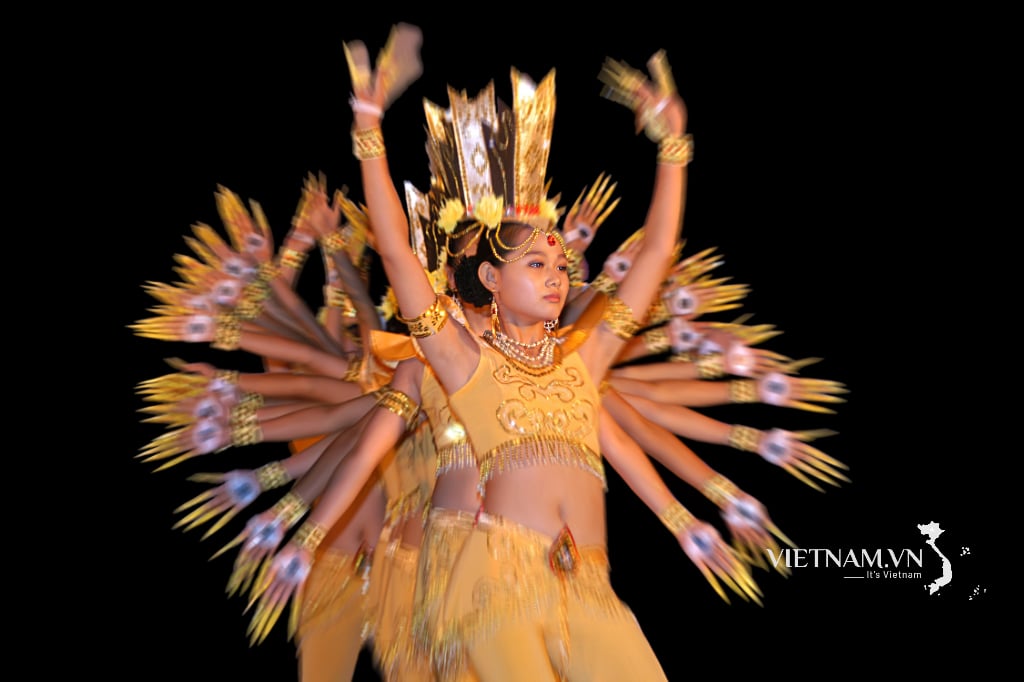
Comment (0)